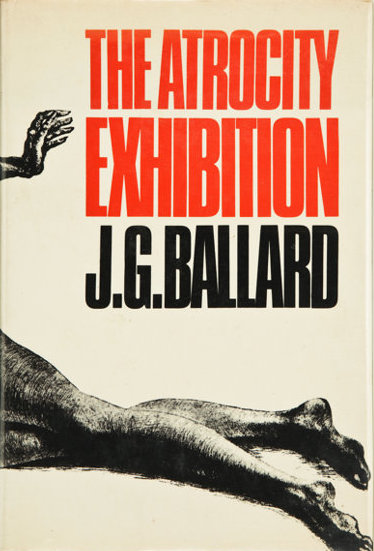
(p.13) Experiments and collageīallard was keenly interested in experimental fiction and art, an interest which reached its peak in the late-1960s. The human organism is an atrocity exhibition at which he is an unwilling spectator. The Atrocity Exhibition is only a short book, 110 pages in the Granada paperback edition I’ve got, and yet it opens up wide, jagged horizons and makes a tremendous impact because of its format. The fact that American edition of the book was titled Love and Napalm gives you fair warning of what to expect. Disquieting diorama of pain and mutilation: strange sexual wounds, imaginary Vietnam atrocities, the deformed mouth of Jacqueline Kennedy. In so doing, Ballard calls into question the academic tendency to define the short story.WARNING: This review contains quotations which are extremely brutal and/or sexually explicit.įingers fretting at the key in her pocket, she watched Travers search through the montage photographs which the volunteers had assembled during anaesthesia. Luscher's 'open book' by refusing to be reconciled within any meaningful structure. While the stories assembled to form Vermilion Sands (1971) can be described as late modernist pieces, the avant-garde design of The Atrocity Exhibition (1970) effectively explodes The openness of the sequence is, in practice, far less liberated than Luscher claims. Instead, Luscher's use of linear and binary thinking places his critique not only on the side of modernism but also on definitions of the short story that emphasize its impressionisticĪnd epiphanic qualities. He does not consider their respective differences in terms of the modernist/postmodern paradigm. Luscher's account is a revisionary exercise that substitutes 'sequence' for The individual meanings are not subsumed within the whole but instead grow within, what Luscher calls an 'open book'. Which the text does not arrive at a unity, but with each successive story opens and expands.

Instead, Luscher proposed the term 'sequence' to denote collections in

Luscher argued that the term 'cycle', associated with texts such as Joyce's Dubliners (1914), presupposes a totality. In 1989, Robert Luscher distinguished the terms 'short story sequence' and 'short story cycle'.


 0 kommentar(er)
0 kommentar(er)
